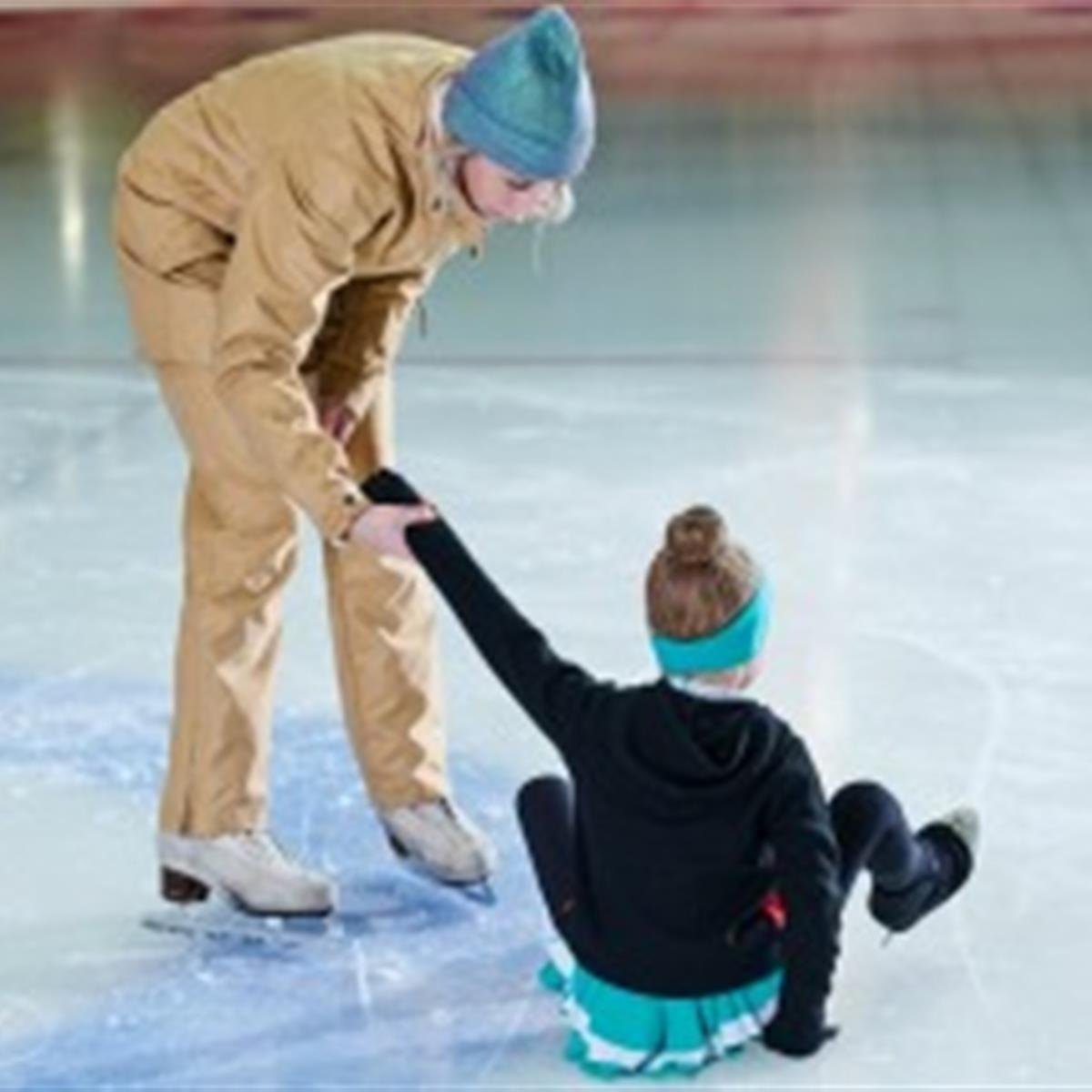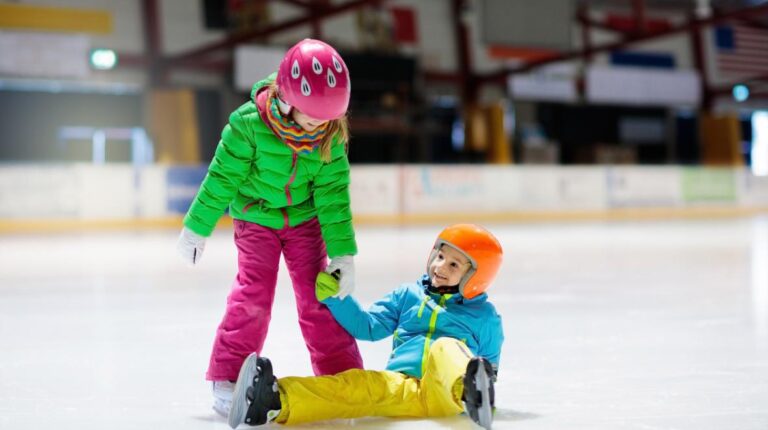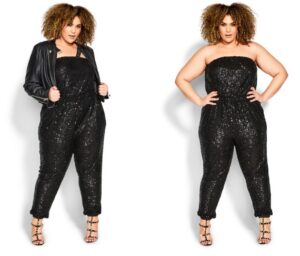For ice skating, wear warm and comfortable clothing with layers, gloves, and thick socks. Ice skating is a thrilling and refreshing winter activity that requires proper attire to stay warm and comfortable.
Whether you’re a seasoned ice skater or trying it out for the first time, it’s important to dress appropriately to avoid discomfort and accidents. The most important thing to consider is warmth, so it’s crucial to wear multiple layers of clothing that are not too bulky and allow for easy movement.
Avoid wearing jeans and opt for leggings or sweatpants instead. Wear gloves or mittens to keep your hands warm and to prevent injuries if you fall. It’s also important to wear thick socks to keep your feet warm inside the skates. By dressing correctly for ice skating, you can enjoy the sport safely and comfortably.

Credit: www.healthychildren.org
Clothing
Layering Is Essential
When it comes to ice skating, one of the essential factors to consider is layering your clothing. Layering will enable you to adjust your clothing according to the temperature and your body during the skating activity. The following is the recommended layering of clothing:
- Base layer: This layer should be made of a moisture-wicking material that will keep your skin dry and warm.
- Insulating layer: This layer should be made of a thick and warm material that will help to keep your body heat.
- Outer layer: This layer should be made of a wind-resistant- and waterproof material that will protect you from the wind, cold, and ice.
Opt For Moisture-Wicking Fabrics
When you’re ice skating, your clothing should be made of a moisture-wicking material. This type of material will help you keep dry by wicking away sweat and moisture from your skin. Additionally, it will keep you warm by regulating your body temperature.
The following are the best moisture-wicking fabrics you can wear:
- Polyester
- Spandex
- Nylon
Tight-Fitting Clothing Is Not Recommended
Avoid wearing tight-fitting clothing when ice skating as they can restrict your movements, making it harder to skate. You want to wear loose clothing that will enable you to move freely without any restrictions. Loose clothing will also enable you to layer your clothing.
Avoid Cotton As It Absorbs Moisture And Takes Longer To Dry
Cotton clothing is not suitable for ice skating as it retains moisture, causing you to feel cold and wet. It takes a longer time to dry, which can be uncomfortable when skating. Instead, consider wearing synthetic fabrics such as polyester, spandex, and nylon, which are better at wicking away moisture and drying.
Don’T Forget Gloves And Hats
It’s essential to keep your extremities warm while ice skating. Gloves and hats are essential items that you should not forget when preparing for ice skating. Gloves will help keep your hands warm and protect them from the cold, while hats will keep your head warm and protect your ears.
When it comes to ice skating, your clothing is an essential factor that you should consider. Remember to layer your clothing, wear moisture-wicking fabrics, avoid tight-fitting clothing, and use proper gloves and hats to keep you warm and protected from the cold.
Footwear
Renting Vs. Buying Skates
When it comes to ice skating, the most important thing is to find the right pair of skates that are comfortable and fit well. Here are some key points to consider when deciding whether to rent or buy your skates:
- Renting skates is usually cheaper and convenient, especially if you don’t skate often. Most skating rinks provide rental skates of different sizes and types.
- Buying skates is a better option if you want to skate frequently and ensure a proper fit and maximum comfort. Custom-fitted skates will be more comfortable and provide better support.
- It’s always a good idea to try renting skates before purchasing them to determine if you really want to make the investment.
Choosing The Right Size And Fit
Once you’ve decided whether to rent or buy your skates, it’s important to choose the right size and fit to reduce the risk of injury and skid marks on the ice. Here are some key points to consider:
- Ensure that your foot can fit snuggly into the skate, without any excess room. Your toes should just barely touch the ends of the skates.
- Wear appropriate socks that are thick and provide extra padding, keeping your feet warm.
- Make sure to try on different sizes and styles to find the right fit.
How To Tie Your Skates Properly
Properly tying your skates is just as important as getting the right size and fit. Here are some tips to help you tie your skates properly:
- Start at the bottom of the skate and tie it tight around the toes, loosening it slightly around the middle of the foot, and tight again around the ankle.
- Lace your skates all the way up to the top, making sure there are no twists or loops in the laces.
- Secure the laces tightly around the top of the skate, but not so tight that it constricts blood flow.
Properly Caring For Your Skates
Investing in a good pair of skates can be expensive, so it’s essential to take proper care of your skates to ensure that they last long. Here are some tips to help you maintain your skates:
- Always dry your skates completely after each use and avoid leaving them in damp or humid areas.
- Clean your skates regularly with a damp cloth to remove any dirt or debris.
- Protect your skates by always carrying them in a skate bag and avoiding walking on hard surfaces with your skates on.
The Difference Between Figure Skates And Hockey Skates
When it comes to choosing between figure skates and hockey skates, there are some key differences to keep in mind. Here are some key points to consider:
- Figure skates are designed for jumps, spins, and other artistic maneuvers. They have a toe pick at the front and a longer blade, making them difficult to maneuver for non-artistic skating.
- Hockey skates are designed for speed and quick turns. They have a shorter blade and no toe pick, making them perfect for non-artistic skating and maneuverability on the ice.
By keeping these points in mind, you are well on your way to having a comfortable and successful ice skating experience.
Accessories
When it comes to preparing for a day out on the ice, accessories are just as important as the clothing itself. Here are some essential accessories to keep in mind:
Scarves, Neck Warmers, And Buffs
- These accessories are essential for keeping your neck and face warm and protected from the cold wind.
- Opt for materials that are both warm and breathable, such as wool or fleece.
- Avoid loose scarfs that can get caught on blades or other equipment.
Ear Muffs Or A Warm Hat
- In addition to keeping your head warm, ear muffs or a warm hat will also protect your ears from the cold.
- Consider a hat that covers your head and ears, and even some of your neck.
Protective Gear Like Helmets And Knee Pads
- If you’re a beginner, protective gear such as helmets and knee pads will prevent injuries from falls.
- Make sure that your helmet meets safety standards and fits your head snugly.
- Knee pads will protect your knees during falls or sudden stops.
Sunglasses To Protect Against Glare And Uv Rays
- Sunglasses are essential if you are skating during the day or near reflective surfaces.
- They protect your eyes from glare and uv rays.
- Consider polarized lenses for better protection.
Waterproof Outerwear To Keep You Dry
- It’s important to stay dry while ice skating to prevent getting cold and uncomfortable.
- Opt for waterproof outerwear such as a waterproof parka or a rain jacket.
- Make sure your gloves are also waterproof, as wet gloves can be extremely uncomfortable.
By keeping these accessories in mind, you’ll not only be comfortable and protected while skating but also able to enjoy the experience to its fullest.
Safety Tips
Be Aware Of Your Surroundings And Other Skaters On The Rink
Ice skating is an exciting activity that can be enjoyed by people of all ages. However, it can also be dangerous if proper safety precautions are not followed. To ensure your safety on the rink, you need to be aware of your surroundings and other skaters around you.
Here are some key points to keep in mind:
- Always look ahead and be aware of the other skaters around you.
- Watch out for skaters who are skating too fast or recklessly.
- Keep a safe distance from other skaters to avoid collisions.
- Do not carry any sharp objects or wear any loose clothing that may cause accidents.
Follow The Rules And Guidelines Of The Rink
Every ice skating rink has its own set of rules and regulations that are put in place for your safety. It is your responsibility to follow these rules to avoid accidents and injuries. The following are some important points to remember:
- Always obey the signs and instructions posted around the rink.
- Do not skate in restricted areas or where signs indicate danger.
- Do not skate in an unauthorized direction or attempt any dangerous stunts.
- Skate within your abilities and do not attempt any moves that you are not confident in performing.
Take It Slow And Maintain Control
Ice skating is all about maintaining control and balance on the ice. To do this, you need to take it slow and be in control of your movements. Here are some tips to ensure your safety:
- Start slowly and build your confidence gradually.
- Maintain a steady, controlled speed when skating.
- Keep your body weight evenly distributed over both feet to maintain balance.
- Don’t rush things and perform any tricks or jumps only when you are confident and ready.
Avoid Skating Alone
It is always best to skate in the company of a friend or family member. If you are skating alone and encounter any difficulty, it may be challenging to seek help. Here are some important points to keep in mind:
- Always skate with at least one another friend or family member, never alone.
- Make sure both of you are skating to a similar skill level.
- Keep an eye on each other while on the rink and call for help if necessary.
- Never be afraid to ask for help from the rink staff or other skaters if required.
Consider Taking A Lesson Or Skating With A Friend
If you’re new to ice skating, taking a lesson or skating with a more experienced friend can help you to get started. Here are some things to keep in mind:
- Consider taking a lesson from a professional instructor to learn proper techniques and skating etiquette.
- Skating with an experienced friend or family member can help you to gain confidence and learn more advanced skills.
- Always follow the instructions of your skating instructor or experienced friend to avoid accidents.
- Practice in a designated area and avoid skating too close to the boards or other skaters.
By following these safety tips, ice skating can be a fun and safe activity that you can enjoy with your friends and family. So, stay safe on the rink and have a great time!
Frequently Asked Questions On What To Wear For Ice Skating
What Should I Wear For Ice Skating As A Beginner?
Wear comfortable and warm clothing, like a sweater, pants, and a heavy jacket. You should also wear gloves, thick socks, and a hat to keep your head warm. As a beginner, avoid wearing bulky clothing that hinders movement on the ice rink.
Do I Need To Wear Special Shoes For Ice Skating?
Yes, you need to wear ice skates that fit properly to help you balance on the ice rink. Rental skates are an option for beginners, but it’s important to make sure they fit well and the blades are sharp. Avoid wearing regular shoes on the ice rink.
Can I Wear Jeans For Ice Skating?
While it’s possible to wear jeans, it’s not recommended as they can be restrictive and uncomfortable to move around in. It’s better to wear comfortable pants, leggings, or sweatpants that allow you to move freely on the ice rink.
What Should I Wear For Ice Skating If It’S Cold Outside?
You should dress in layers and wear extra warm clothing, like a coat, gloves, scarf, and a hat. If it’s very cold outside, consider wearing thermal undergarments and a face mask or balaclava. It’s important to protect yourself against frostbite and hypothermia.
Can I Wear A Dress For Ice Skating?
While you can wear a dress, it’s not the most practical choice as it can restrict movement and make falling more dangerous. It’s better to wear pants or leggings with a warm top to keep you comfortable and safe on the ice rink.
Conclusion
Ice skating is an enjoyable and exhilarating activity that requires proper attire to ensure your comfort and safety. Dressing in layers, opting for moisture-wicking fabrics, wearing gloves and a helmet and choosing appropriate footwear are essential elements to consider when selecting an ice skating outfit.
By following these guidelines, you can enjoy your time on the ice without worrying about discomfort or injury. Remember, the right outfit can make all the difference in ensuring a great ice skating experience. So, make sure to dress smartly and comfortably and hit the ice with confidence! Happy skating!





